"Ahoy-hoy."
If telephone titan Alexander Graham Bell had his way, we'd all be answering phones like Mr. Burns. Thankfully, frienemy Thomas Edison had enough sense to realize we weren't always on the briny. He preferred "hello" as our standard telephone greeting, which he is credited with coining in 1877.
Fellow American pioneer Davy Crockett actually used it as a greeting first in 1833 (as compared to an exclamation)—but in print, not over the phone.
"Hello" is also the recommended greeting published in the first ever telephone book from 1878 (actually, it was "hulloa," but close enough).
Since then, the landline telephone had been our primary method of long distance communication—until now. With the widespread adoption of cell phones in the states, "hello" is the only thing sticking around for the long haul.
I can definitely say that this thing is not:

No, it's not an Ethernet port that somehow shrank. This not-so-newfangled contraption is called a telephone jack, and if you're like me, you haven't used one in at least a decade or so.
You may not even notice them anymore, but if you look around your house or apartment, you've probably got at least one or two of them on your wall. Or, something that looks like this:

Now, here comes the interesting part of the story—they are not useless.
Using Old Phone Jacks for Smartphones
While a cell phone is incredibly convenient, without a charged battery it's just useless weight. If a storm causes a power outage in the area, I'm not looking for candles and flashlights—I'm figuring out how to charge my iPhone!
There are a few well-known options for charging your smartphone without help from the electric company, including charging cases, car chargers, power inverters, laptops, and more.
However, something we all have readily available already is that old landline jack. Corded phones don't need to be plugged into a power outlet; they actually get enough power to operate from the phone line itself. When the power goes out, land lines will still operate on their secondary source of power feeding from the telco. Meanwhile our cell phones will slowly drain and die.
With this simple hack, you can put that old relic to good use and convert it into an emergency power supply for your smartphone.
You'll need a regular USB cable, your cell phone's USB charging cable, an available phone line, a phone cord, a voltage regulator, and a multimeter.
The multimeter is used to check the voltage of the jack in question and the voltage regulator keeps the output at 5V. The regulator makes a simple circuit with the phone cord and USB cable to convert the phone signal into power that your phone can use.
Check out this video guide by Make to see how it's done.
And take a look at the complete guide by Make's Jason Poel Smith over on Instructables to see the process step by step.
Photos by Loren Kerns, Foxpa, Cult of Mac, Hana/Shutterstock, James Steidl/Shutterstock











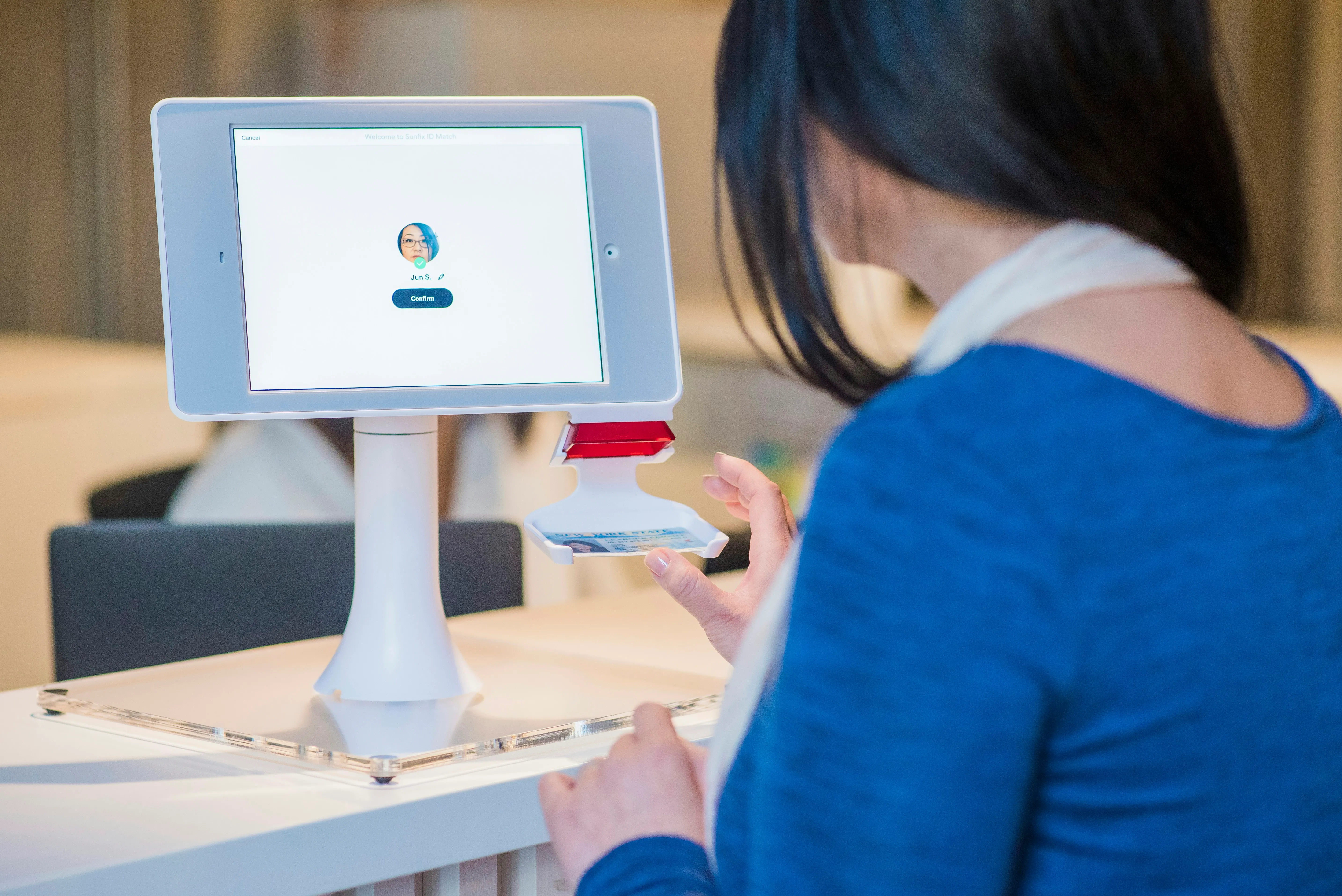


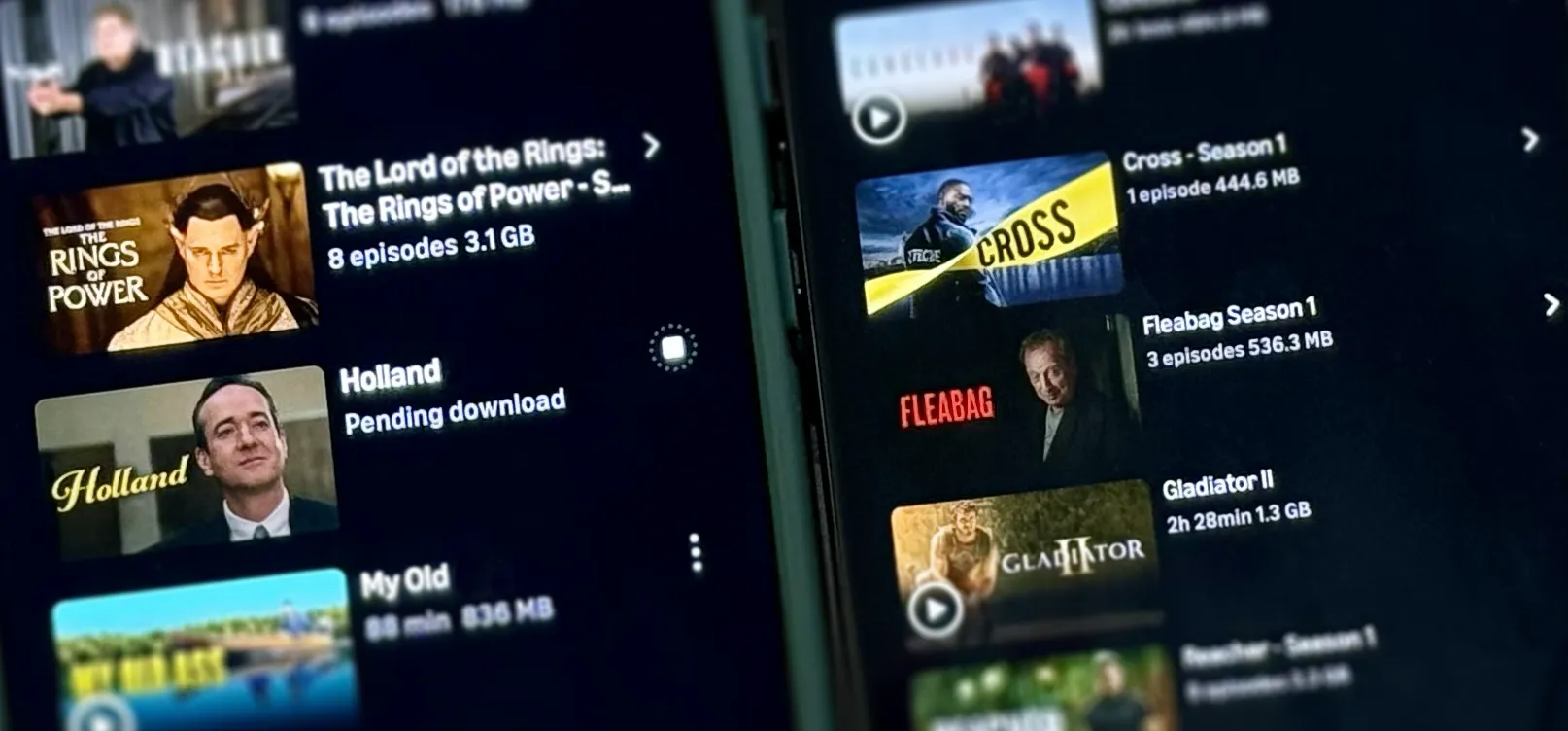

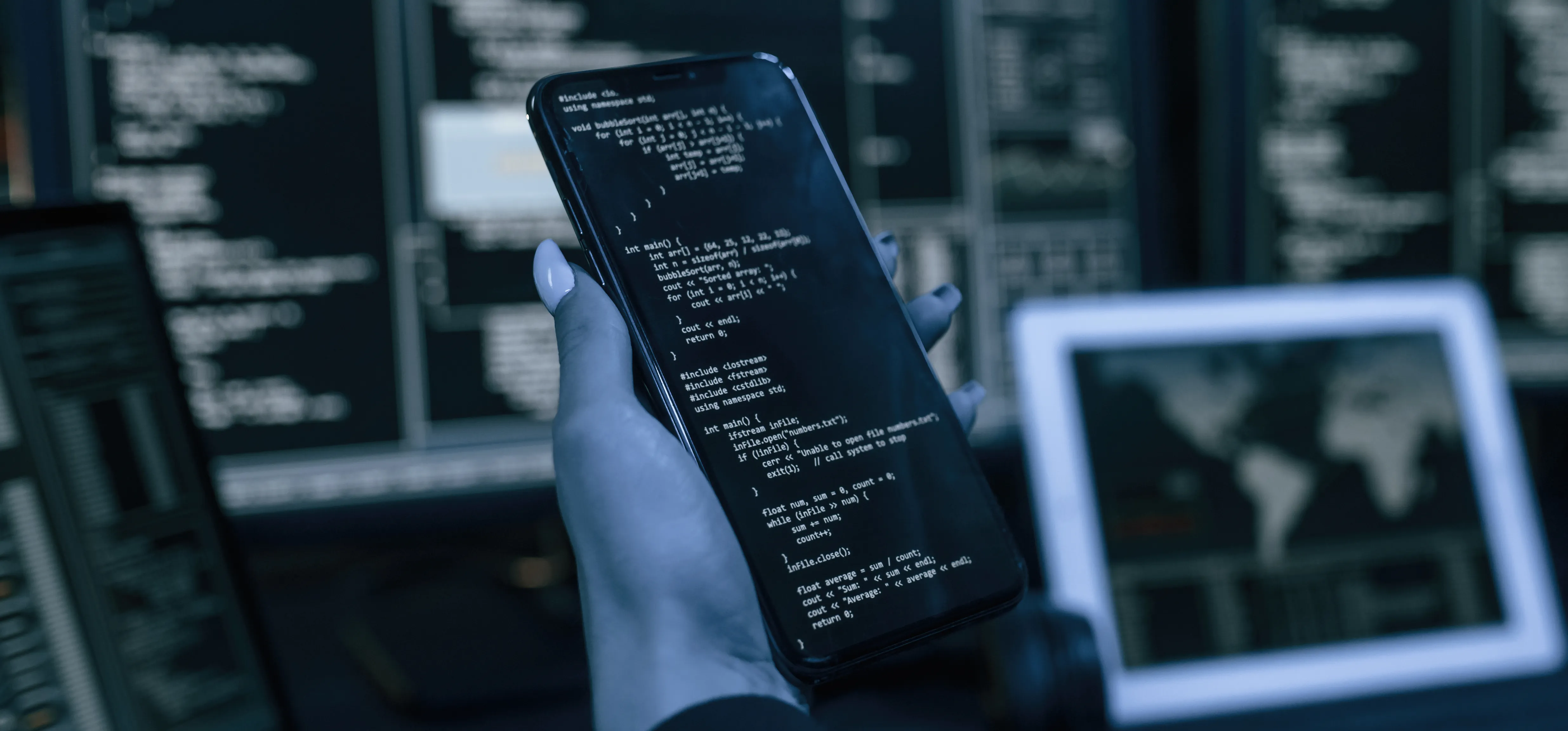

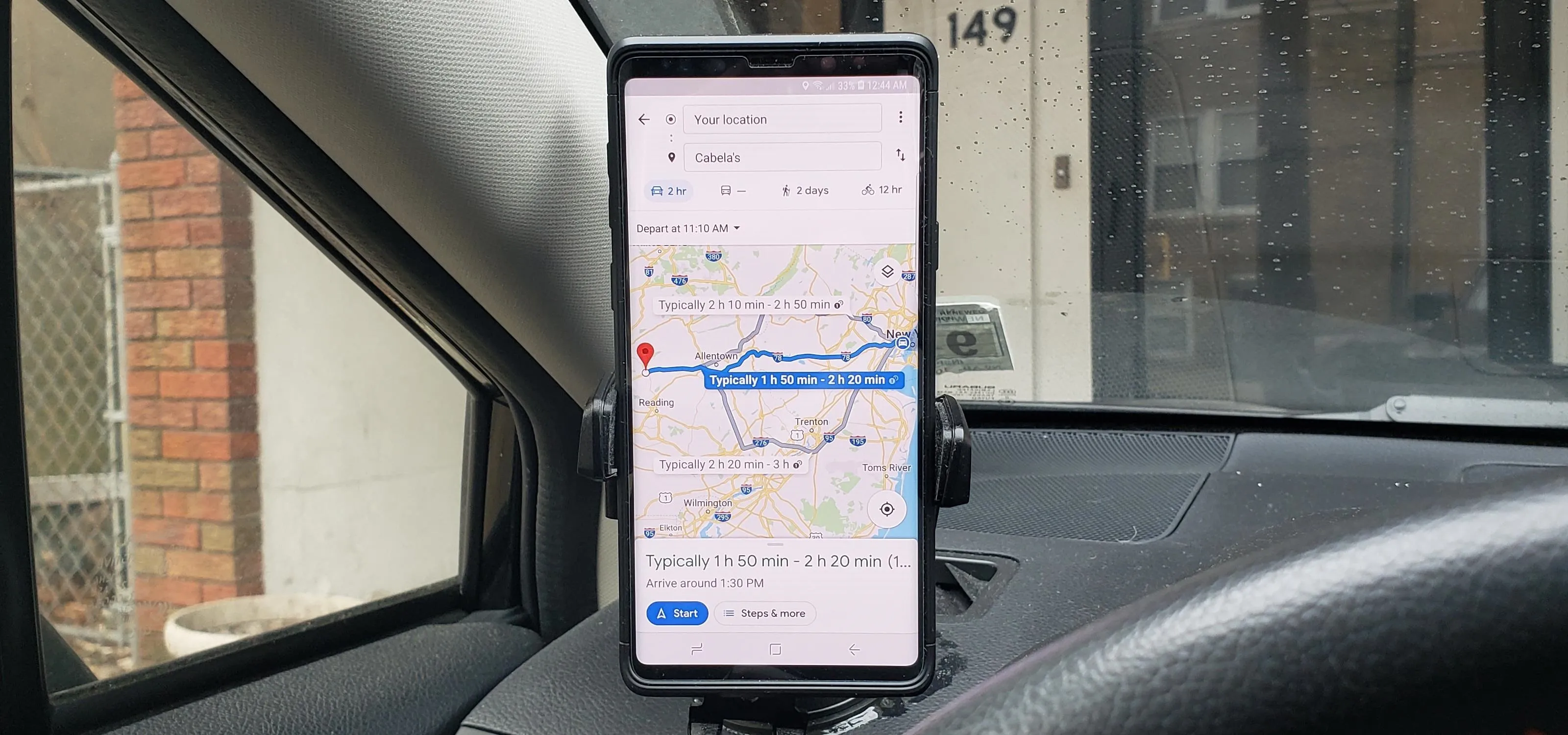


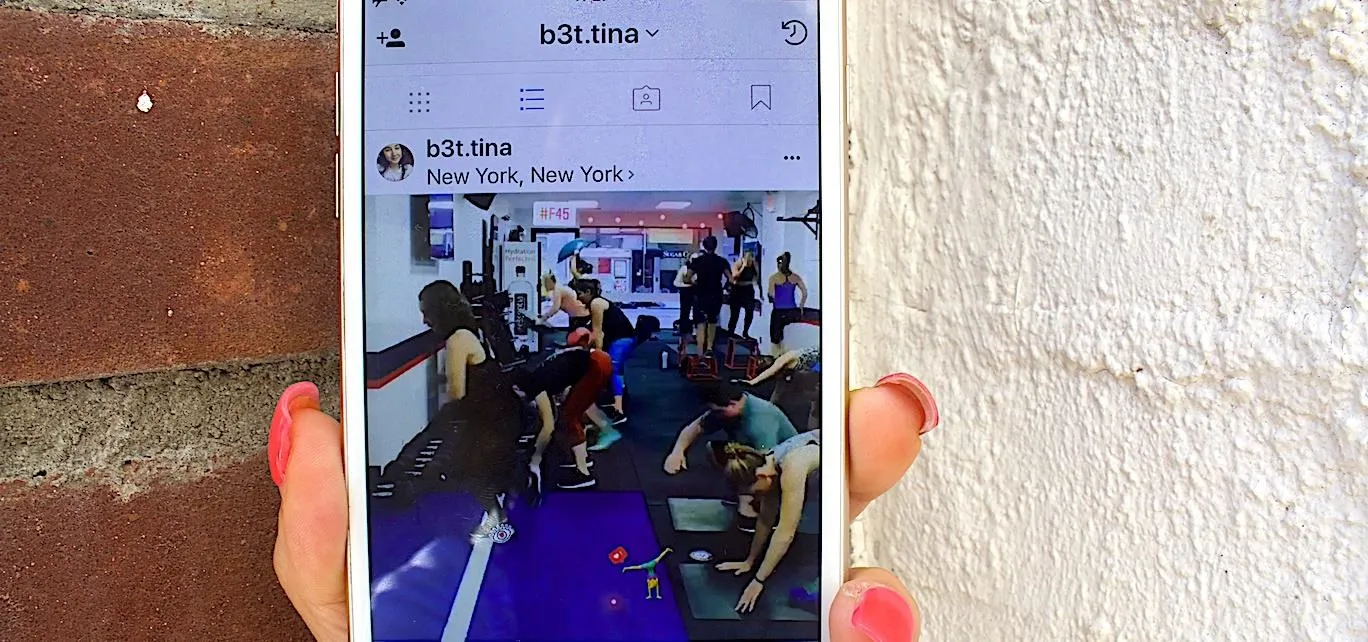


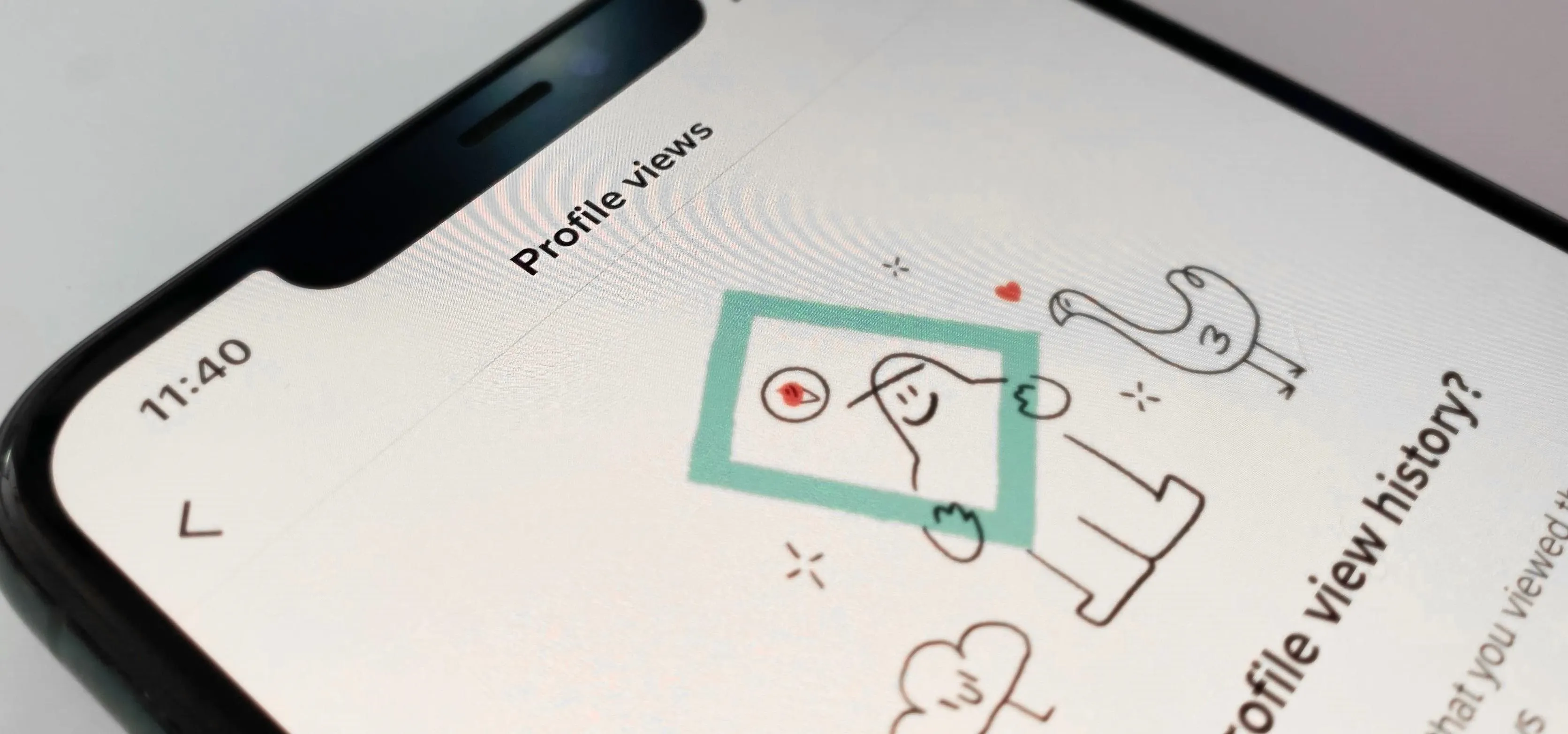

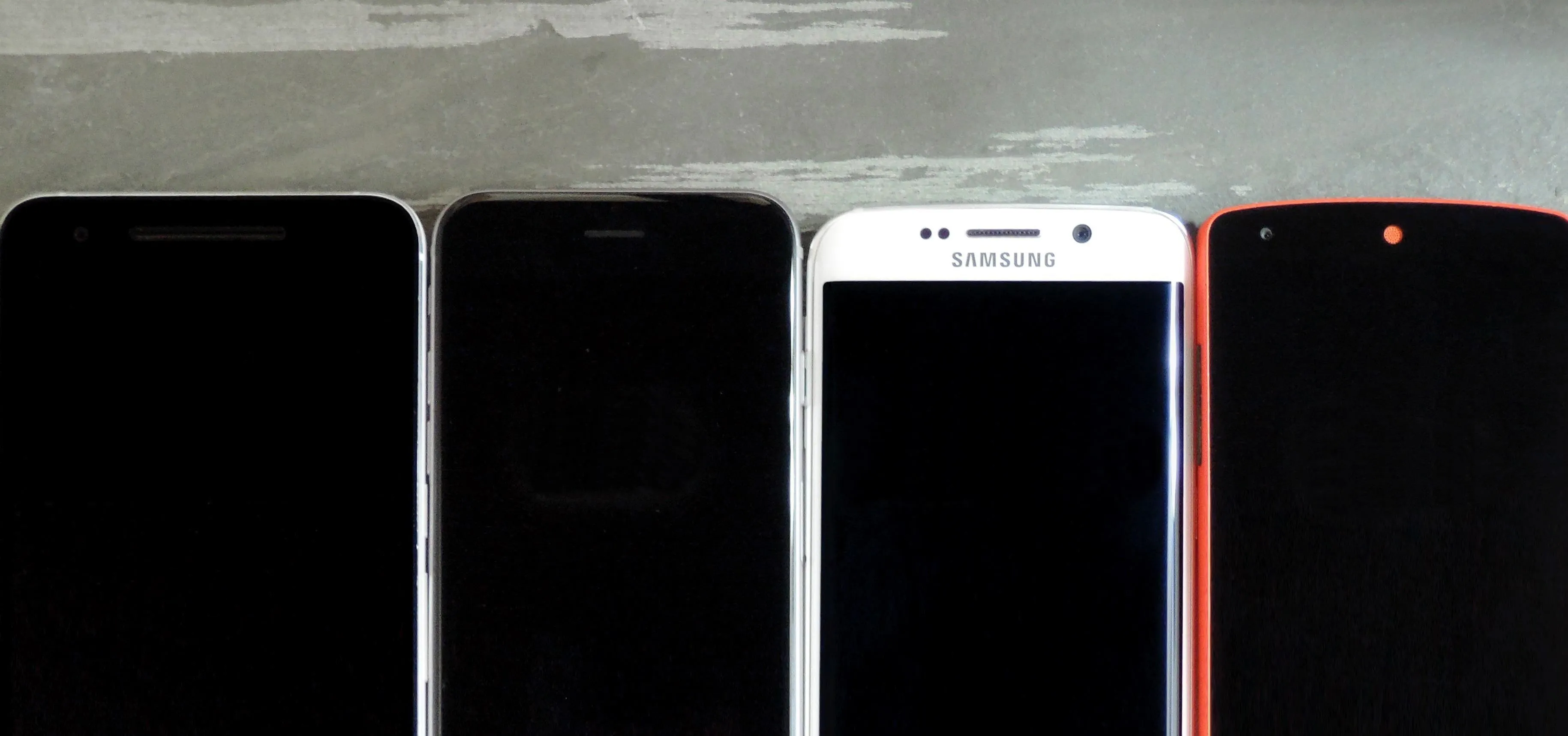

Comments
Be the first, drop a comment!